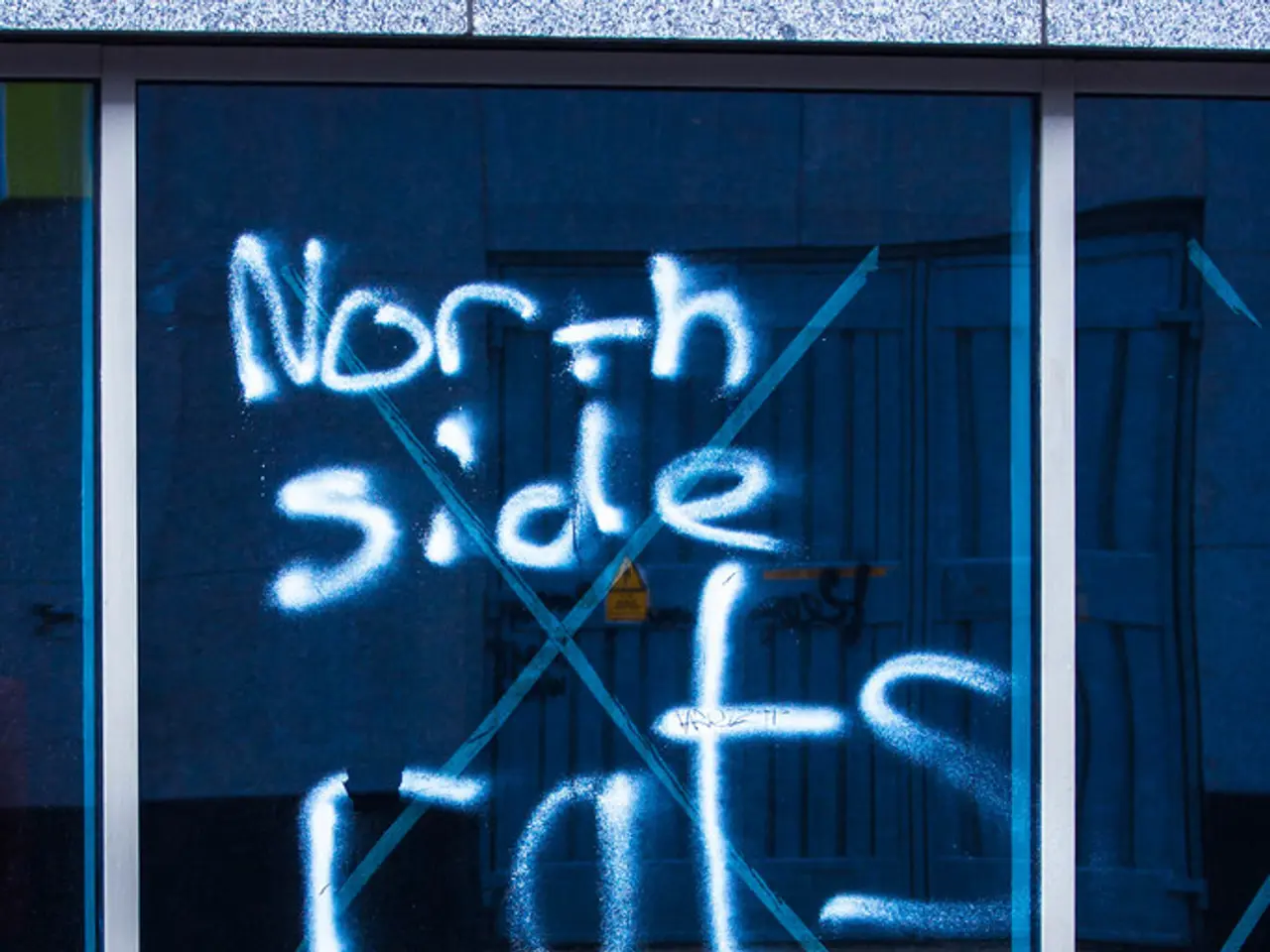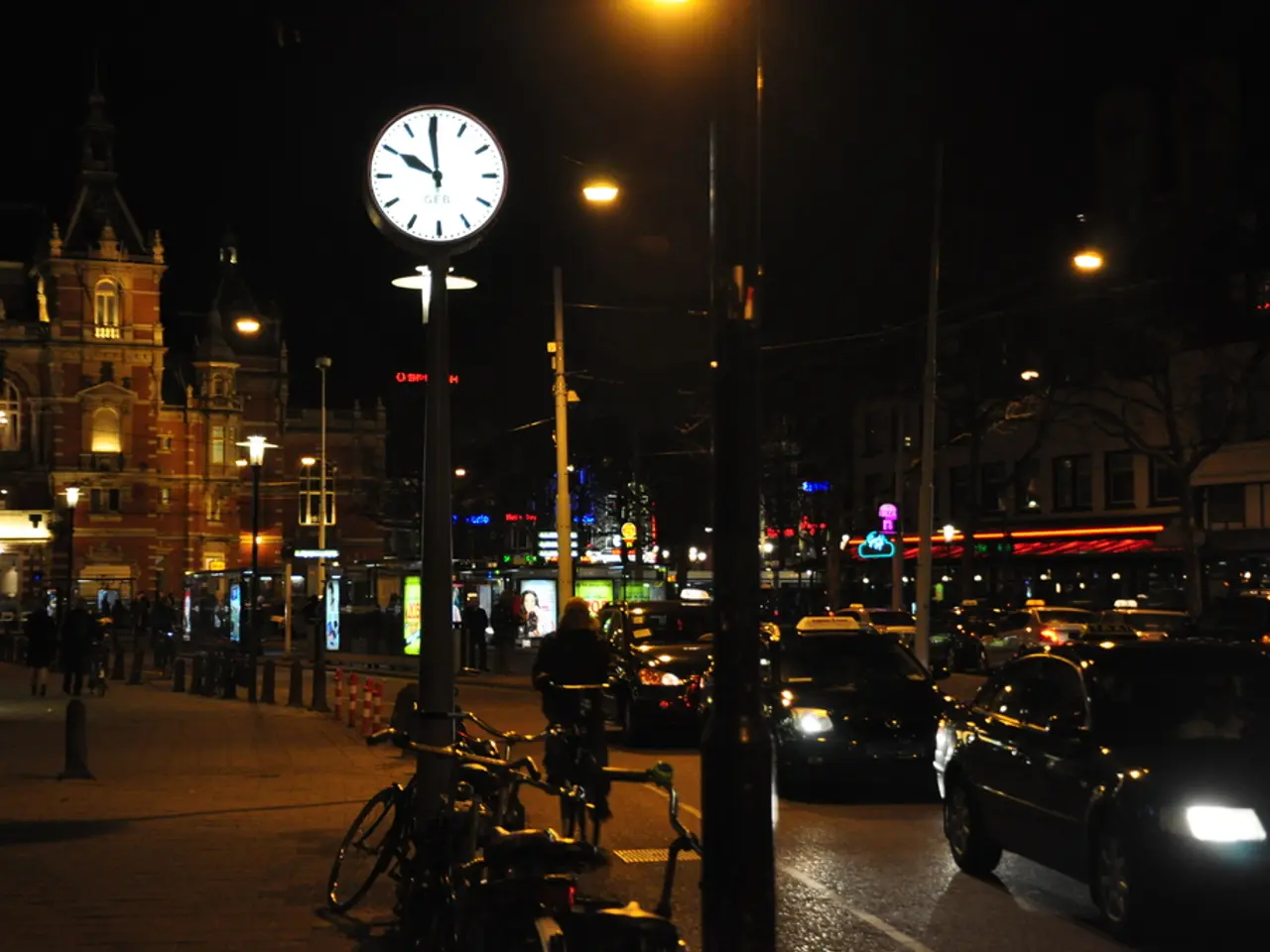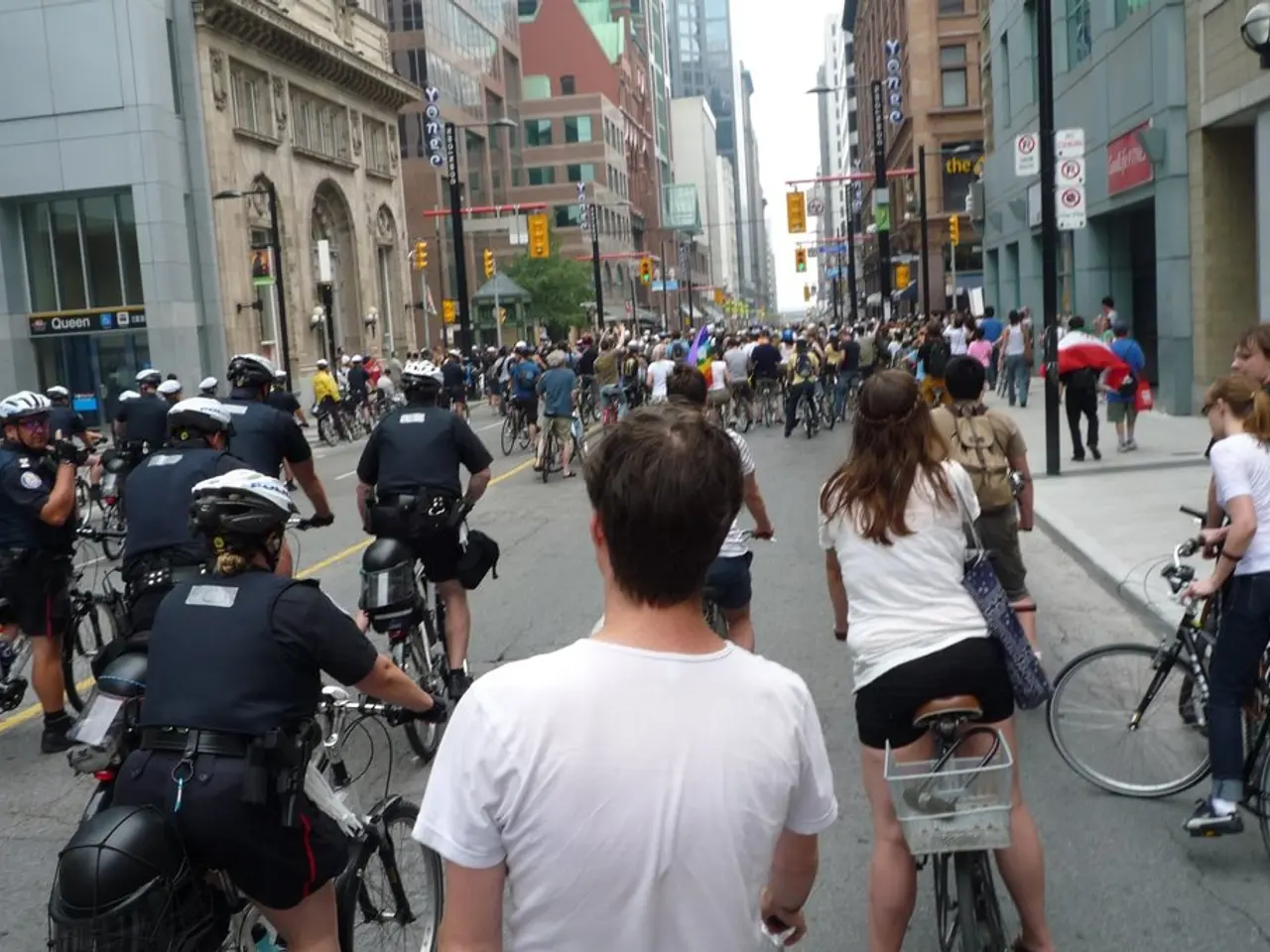Border traffic in Poland, according to the country's interior minister, is running efficiently. - Border Transport Flow Remains Smooth, as Per Poland's Interior Minister's Assessment
In a move aimed at addressing rising concerns over illegal migration and migrant smuggling, Poland has reinstated temporary border controls with Germany and Lithuania, effective from July 7, 2025. This decision comes in response to criticism and similar restrictions imposed by Germany earlier this year.
The controls, which target those involved in illegal smuggling of migrants, are framed as a "symmetrical approach" with Germany, reflecting a coordinated stance on migration and asylum policies by both neighbours. Poland's Interior Minister, Tomasz Siemoniak, has emphasised that ordinary travelers will not be affected.
The controls were ordered by the centre-left government in Warsaw, following accusations from Germany that migrants were crossing its border illegally from Poland and subsequently being pushed back. Poland sees this as a shared problem in combating illegal migration within the European Union.
Poland also cited issues related to migration policy differences with Lithuania, which Poland views as more lenient and thus complicating border security efforts, especially given attempts of illegal entry from Lithuania into Poland.
The controls are being conducted at 52 crossing points along the German-Polish border, covering 467 kilometers, and at 13 locations along the Polish-Lithuanian border, across 104 kilometers. In Lithuania, some border crossing sites will be under full control while others are used for ad hoc checks to manage traffic and minimize disruption.
The measures are legally justified under Schengen rules, which allow temporary border controls in exceptional situations related to security or public policy threats, even though normally the Schengen area allows free movement without internal border checks.
The controls were introduced as a necessity, according to Interior Minister Siemoniak, to prevent such irregular border crossings. Recently, an Estonian citizen was detained by Polish border guards at one of these crossings, along with four individuals from Afghanistan who were attempting to enter irregularly.
As a result of these controls, asylum seekers can now be rejected at the German border, according to German Interior Minister Alexander Dobrindt. The controls at the Polish borders have been in place for several hours, as reported by TVN24. The four individuals from Afghanistan are being returned to Lithuania, and the Estonian driver is still being questioned.
Poland's Prime Minister Donald Tusk stated that the controls are a temporary measure, initially set for 30 days but may be extended depending on the situation. These controls are part of a broader effort to maintain border security and uphold the rule of law within the European Union.
The temporary border controls implemented by Poland with Germany and Lithania, effective from July 7, 2025, are supported by both countries' employment and community policies, aiming to address immigration issues and maintain border security within the European Union. These policies also address migration concerns and the challenges posed by differing migration policies between neighboring countries, such as Poland and Lithuania.






